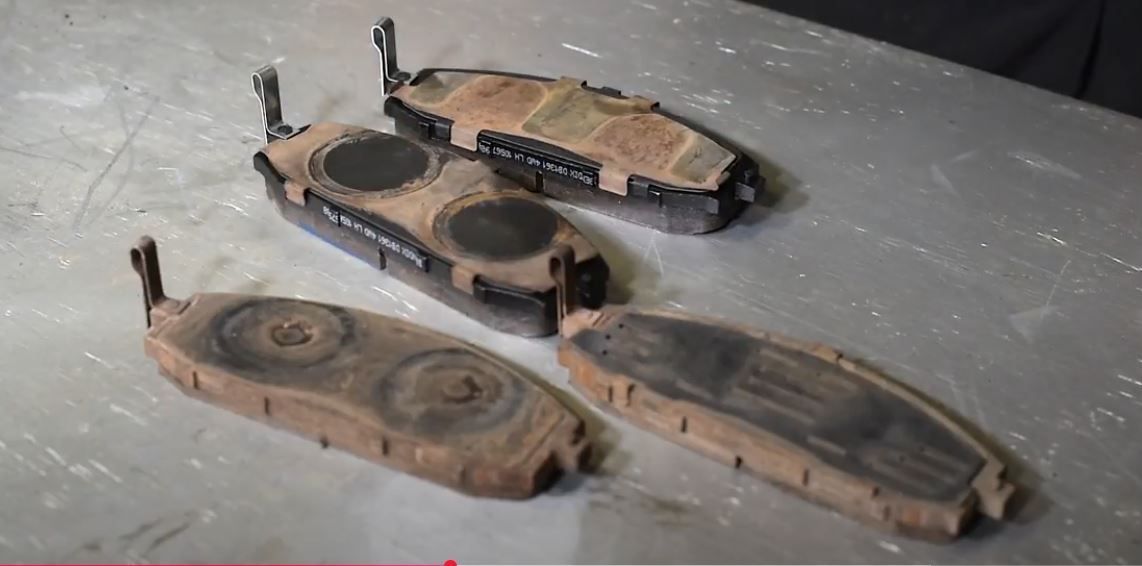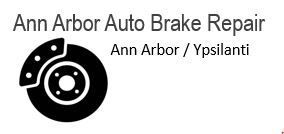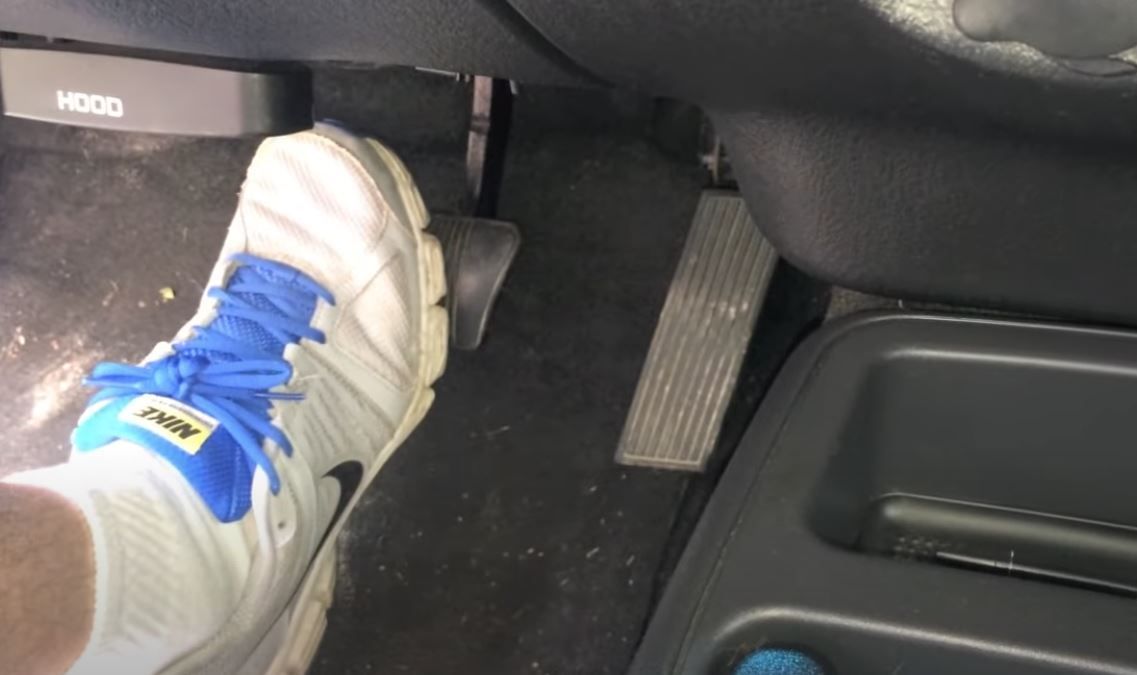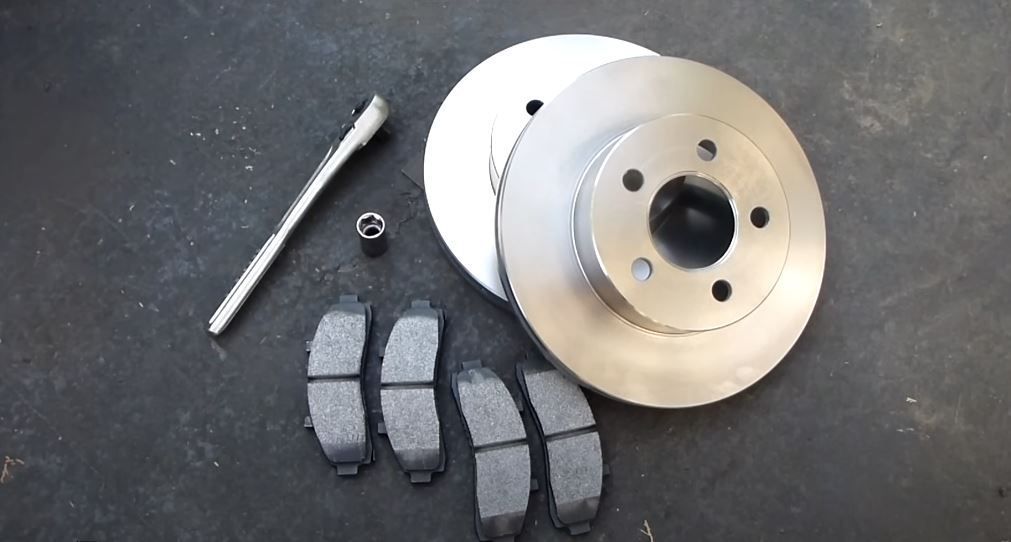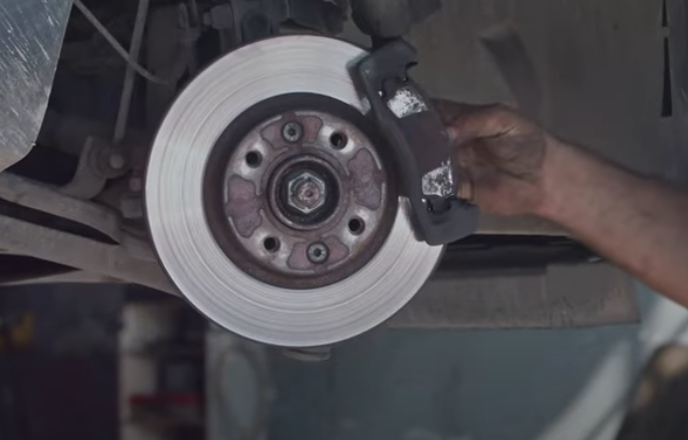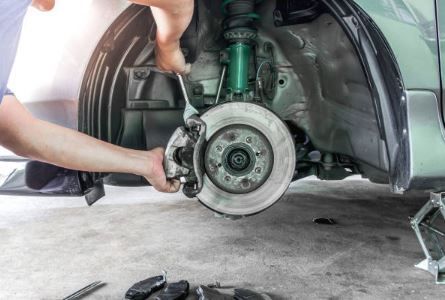How do you get around Ann Arbor without a car?
How Do You Get Around Ann Arbor Without A Car?

Living in Ann Arbor without a car is entirely possible! This has been made increasingly possible thanks to the city’s focus on offering many transportation options. From public buses to biking, walking, ridesharing services, or even car rentals, you (and your neighbors and friends) can travel around the city without the hassle of owning a vehicle. However, the best option for you often depends on where you live in the city and what your specific needs are. Here's a breakdown of the different ways to navigate Ann Arbor without a car or truck. Each option is listed along with their pros and cons, and how they fit different lifestyles of every individual.
1. Public Transportation: TheRide
The most practical solution for getting around Ann Arbor without a personal car/truck is by using public transportation. “TheRide”, Ann Arbor’s bus system, provides an extensive network of routes throughout the city and into the surrounding suburban areas. With over 1,300 fixed-route bus stops in the urban Ann Arbor core of the city, buses run frequently and are generally quite reliable.
Pros:
- Cost-effective: TheRide charges just $1.50 per ride, making it a budget-friendly option. For students or faculty at the University of Michigan, rides are often free with a valid ID.
- Convenient: Buses cover a large area of the metropolitan area, making it easy to reach grocery stores, shopping centers, and other parts of the city.
Cons:
- Limited Coverage in Suburbs: For those living outside the urban core, bus routes may be sparse, and waiting times may increase, making public transit less reliable for those who need to go long distances or on tight schedules.
- Weather Impact: During winter months, waiting for the bus or walking to a stop can be uncomfortable due to cold weather and snow.
For residents living downtown or in areas near Central Campus, buses can be a convenient option for day-to-day commuting, with frequent stops and relatively short waits.
2. Biking: A Bike-Friendly City
Ann Arbor is well known for its bike-friendly environment. The city has many dedicated bike lanes and paths, making it easy for cyclists to navigate through the streets safely. For those living close to downtown or near the University of Michigan, bicycling can be a quick, cost-free way to get around, depending upon the weather.
Pros:
- Affordable: Once you have a bike, the cost of maintenance and repairs is minimal compared to owning a car.
- Healthy: Biking provides great exercise and is an eco-friendly transportation choice.
- Quick: Biking allows you to avoid traffic and can often be faster than public transit or driving, especially during peak hours.
Cons:
- Weather-dependent: Riding a bike in the winter can be challenging. Snow, rain, and freezing temperatures may make biking unsafe or uncomfortable, especially in areas without proper bike infrastructure.
- Vulnerability: Cyclists are more vulnerable to accidents, especially when traffic is heavy or roads are poorly maintained. Additionally, cyclists risk getting splashed by puddles or large vehicles during inclement weather.
If you live in neighborhoods close to the University or downtown, traveling by bike is a great option for short trips. However, for longer cross-town trips, or for those in less bike-friendly areas (such as the outskirts of town or in hilly locations), you may find biking a more difficult choice.
3. Walking: Downtown Accessibility
If you live in or near downtown Ann Arbor, walking is one of the best ways to get around. The city is compact, and many services like grocery stores, restaurants, and shops are within walking distance.
Pros:
- Convenient for short trips: If you’re near shops, cafes, or public amenities, walking can save you both time and money.
- Eco-friendly: Walking is the most environmentally friendly option and doesn't require any maintenance or fuel.
- Healthy: Walking is a great form of exercise.
Cons:
- Limited range: Walking isn’t ideal for longer trips, especially when the weather is poor.
- Weather-sensitive: Ann Arbor experiences cold winters with snow, making walking challenging and sometimes unsafe. Rain can also make walking uncomfortable.
If you reside in neighborhoods like downtown or the Old West Side, walking is often the best mode of transportation for running errands or commuting to work. However, if you live on the outskirts of town or in a location with fewer of lifes amenities (shopping, recreation, working) within walking distance, you may want to consider other options.
4. Ridesharing: Uber and Lyft
When public transportation or biking is not a feasible option, ridesharing services like Uber and Lyft can provide you an on-demand, flexible way to travel around Ann Arbor. These services are available throughout the city, and you should be able to hail a ride quite easily when necessary.
Pros:
- Convenient: Ridesharing services are ideal for when you need to get somewhere quickly or if you’re traveling to a location that’s not easily accessible by public transit or bike.
- Available in all weather: Ridesharing services provide shelter from rain, snow, or extreme temperatures, which can be a significant advantage during harsh weather conditions.
Cons:
- Cost: Ridesharing can get expensive if used frequently. The cost of a ride will depend on factors like distance, time of day, and surge pricing, so it may not be as cost-effective as other options for regular commuting.
- Vulnerability: Being in a car without the ability to control your environment can increase your vulnerability in the event of an accident.
On occasional trips, such as heading to a doctor’s appointment or a social gathering, ridesharing can be a great option. Those on a limited or tight budget will also find ridesharing very affordable.
5. Car Rentals and Car-Sharing: Zipcar
If you need a car for a short period but don’t want the hassle of owning one, car-sharing services like Zipcar provide an excellent alternative. Zipcar also allows you to rent a car by the day. In this way, Zipcar makes vehicle travel available when it is necessary.
Pros:
- Flexible and convenient: You can rent a car for specific needs, such as going to a family gathering or picking up large items from a store.
- Cost-effective for occasional use: If you don’t need a car regularly, car-sharing services can be much cheaper than owning a vehicle.
Cons:
- Availability: Cars may not always be available when you need them, especially during peak times. You also have to pick up and return the car to designated locations.
- Rental fees: While renting a car by the hour or day is more affordable than owning one, the rental fees, gas, and insurance can add up if used frequently.
If you only need a car once in a while, Zipcar and similar services (like taxis) offer a convenient and affordable option for travel. If needed more often, this may become a more expensive and a less sustainable travel choice.
6. Campus Resources for Students and Faculty
For University of Michigan students, faculty, and staff, the university offers several transportation services. U-M campus buses are free for students, and they provide convenient transportation to various parts of the university, medical centers, and downtown Ann Arbor.
Pros:
- Free and convenient: Campus buses are an excellent, cost-free option for U-M affiliates.
- Accessible: Routes cover important areas like Central, South, and North campuses, as well as U-M medical facilities.
Cons:
- Limited to campus routes: Campus buses only cover specific areas related to the university, so they may not be useful for trips outside the campus.
Conclusion
Living and traveling in Ann Arbor without a car is not only possible, but it can also be a highly practical choice, depending on your lifestyle and needs. For residents living downtown or near the University of Michigan, walking, biking, and public transportation are excellent, cost-effective options. Ridesharing and car rentals also provide additional flexibility for all of those occasional trips. However, for those living in or traveling to less accessible areas, relying on public transportation or biking may not always be ideal. Travel by car-sharing or ridesharing may be necessary for reaching more distant destinations.
The key to getting around Ann Arbor without a car is finding the right mix of options for your specific circumstances, whether you're a student, professional, or resident. These are great opportunities to keep in mind while your car is being serviced for new brakes at Ann Arbor Auto Brake Repair. Give us a shout today.
